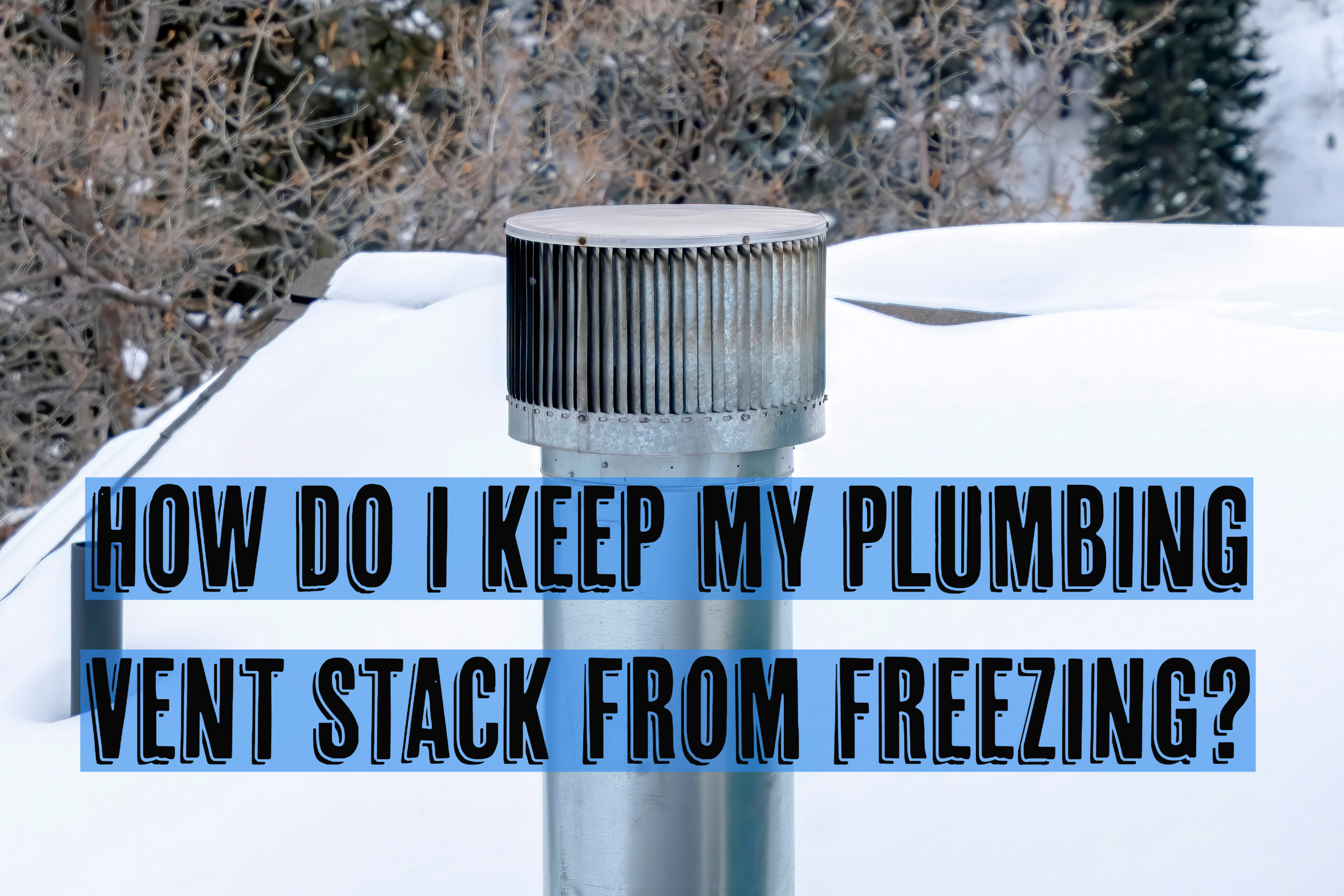During the winter season, it is crucial to be aware of the potential risks that low temperatures can pose to your plumbing system, especially here in Ohio. One such risk is the freezing of your plumbing vent stack, which can lead to the accumulation of harmful sewer gases inside your home. Understanding the purpose and importance of plumbing vent stacks is essential, as they are often overlooked and not given the attention they deserve. By taking necessary precautions and ensuring proper maintenance, you can prevent any issues related to frozen plumbing vent stacks and protect your home.
The plumbing system consists of various integral components that may be challenging to monitor without professional expertise. Fortunately, you can rely on the expertise of Mason Plumbing & Drain professionals to keep you informed. Together, we will explore essential methods to safeguard your plumbing vents, ensuring a comfortable winter season for you and your family.
Understand the Importance of Plumbing Vents and the Vent Stack:
A single vent stack is commonly found on the roof in most residential properties. These vent stacks serve as the “endpoint” of the plumbing vent system, connecting various drain lines throughout the house, including sinks, toilets, tubs, and more. It’s worth noting that some houses may have more than one vent stack installed on their roofs. Furthermore, vent stacks are typically constructed using materials such as cast iron, steel, galvanized steel, PVC, or CPVC.
Plumbing vents and the vent stack play a crucial role in eliminating unpleasant sewer gases from the plumbing system. They exit your home through the plumbing vents to the vent stack, typically located on the roof. Although often overlooked, they serve as the forgotten heroes of your plumbing system. These components not only control plumbing odor and prevent gas buildup in your home but also maintain proper air pressure and prevent backflow and siphoning, ensuring smooth operation. However, in cold regions with heavy snowfall, the vent stack can become frozen and blocked with ice, hindering the plumbing vent system’s functionality. This can lead to various plumbing issues. To avoid this plumbing catastrophe, we provide you with some valuable tips to prevent ice buildup in the vent stack during winter.
Recognize a Frozen Vent Stack:
You can actually check out a vent stack from the ground outdoors; just look up! What you are looking for is ice accumulation on the top of the vent stack. It may sound simple, but it’s really just as easy as that. If you find any, it might mean the stack is frozen and blocked up. Another sign of a frozen vent stack could be toilets flushing slowly or making gurgling sounds, so keep an eye out for this.
Prevent a Vent Stack from Freezing:
- Pipe insulation is a simple yet effective tool for preventing ice buildup in the vent stack. If you have access to this area from your attic, consider using pipe insulation to maintain optimal airflow.
- Heat tape is another reliable option if you frequently encounter ice-related issues. Apply it to the accessible portion of the vent stack that you have access to in your attic. Just make sure to follow the manufacturer’s instructions for safety reasons.
- Enhance the insulation of your vent stack by installing an insulated cap. This can provide additional protection against freezing and improve overall performance.
- To prevent freezing, periodically pour warm water down infrequently used drains, especially floor drains. Additionally, running hot water from faucets helps keep the traps full, reducing the risk of freezing.
- If your vent stack is already frozen, opening the attic door allows warm air from the lower level of your house to aid in thawing. Keep in mind that this may temporarily increase heating expenses, but it can expedite the thawing process.
- Avoid letting loose outdoor debris, such as leaves and twigs, accumulate on or around the vent stack. When combined with winter weather, these materials can contribute to more stubborn ice blockages. However, please prioritize safety and refrain from climbing onto your roof unless you are a professional.
These measures will help you maintain optimal performance and prevent ice-related issues with your vent stack. If you are experiencing issues with plumbing vent stacks or have any other plumbing concerns, do not hesitate to reach out to Mason Plumbing & Drain. Our team is here to provide expert assistance and guidance.
Call us today at (513) 298-6996, or schedule an appointment online now by clicking here! We wish you a safe and trouble-free winter!

